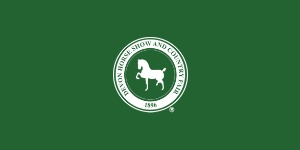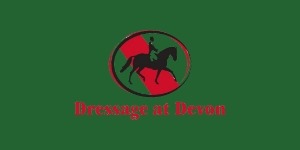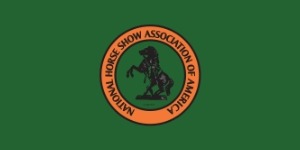Wellington, Fla. – Jan. 7, 2022 – Day 2 of the Robert Dover Horsemastership Clinic Week kicked off in the Van Kampen Arena of the Adequan Global Dressage Festival (AGDF) venue on Friday morning with lessons from clinicians George Williams, Olivia LaGoy-Weltz, and Jan Ebeling. Each rider received more one-on-one instruction from their assigned clinician and will continue to work with them tomorrow to practice for Sunday’s test performances in the International Arena.
LaGoy-Weltz started her morning in arena 2 with Kasey Denny. Denny worked heavily on keeping her horse supple and responsive in all three gaits with half-passes and leg yields. Her gelding had large, lofty movements and LaGoy-Weltz wanted to work on his ability to collect for lateral movements.

Some top tips from LaGoy-Weltz included:
“Before making him quite straight, make him quite supple”
LaGoy-Weltz emphasized that when working on straightness in the half-pass, it is important that your horse is supple as well. When riding a straight line, she advised Denny to ride it like a haunches-in and to focus on drawing his shoulder to the right side to make it easier to use her inside leg in the half-pass. The pair worked through the half-pass in both directions first at the walk, then trot and canter, getting Denny’s horse supple to her aids before keeping him straight in the movement.
“Dressage horses have to be incredibly fit — it’s like going to an aerobics class. They have to be really powerful but also adjustable.”
Towards the end of the ride, Denny’s mount began to get tired in his canter movements and LaGoy-Weltz stated how difficult it is for these horses to do these advanced movements for a long length of time. She highlighted how fit these horses must be and how the rider must keep working through it even when the horse gets sticky.

In Jan Ebeling’s arena, he worked with Kylee Kment on her tempi changes. The two started with trot work going from collection to medium trot in sequences of 4 medium to 8 collected strides, then 4 medium to 4 collected strides. Kment started struggling in the changes with her horse, but by the end Ebeling had her doing quite accurate 3 tempis.

Some top tips from Ebeling included:
“Make sure when giving the cue from whatever sequence you are riding, your leg has moved and is already in place pushing.”
Ebeling discussed how important it is to be ahead of the movement by a hundredth of a second in order to get the timing correct. Kment was struggling on timing in her 4 and 3 tempis, and Ebeling commented on how they were coming up late because she was starting to move her leg to ask too late. He advised that when the horse is in the air for the change, your leg should already be in place for the cue so you have three beats to ask.
“Don’t get frustrated in your test when it doesn’t feel good, it may still look good.”
When discussing the perspective of the rider versus him on the ground, Ebeling compared himself to a judge and how even when a movement might feel off in a test, the judge may still score you well. He asked Kment how she felt her horse was going because while he noted that the horse looked good, he could not judge the feeling accurately from the ground. Ebeling then made the point that the struggle the rider is feeling may not always translate to how the movements look to an outside perspective.

The last ring of the clinic was George Williams in arena 1. Williams ended his second day with riders Evie Olivier and Kat Fuqua. Olivier and her horse were a new pair, only having worked together for a couple months, so Williams focused on movements like half-passes in the canter and travers. Fuqua and her mare were more experienced together, so Williams worked with Fuqua on her canter half pirouettes and keeping her mare forward through them.

Some top tips from Williams included:
“If it takes a lot of outside leg, you run a high risk of the haunches going to the inside.”
When Olivier was working on her walk to canter transitions and getting her horse to be sharper in them, Williams cautioned her about what can happen with using too much outside leg in transitions. Williams wanted Olivier to be able to get her transitions sharply while still keeping her horse straight. Ideally, Williams said, your horse should be able to go from the walk to the canter off your inside seatbone. With several attempts, Olivier and her horse’s transitions went smoothly, her horse staying straight with no trot steps between the walk to the canter.
“I never worry if you make a little mistake because it’s all about learning.”
One of the most important pieces of advice of the day came from Williams on the importance of being okay with making a mistake. Fuqua had a bobble in her right canter half pirouette and collected too much, resulting in a lead change to an abrupt walk transition instead of her horse turning on her haunches to execute the half pirouette. Williams then explained that it is okay to make mistakes because we learn from them. Fuqua tried once again that direction with Williams’ instruction of using her seat more than her leg to keep her horse forward so she didn’t swap her lead, and the pair performed it perfectly.
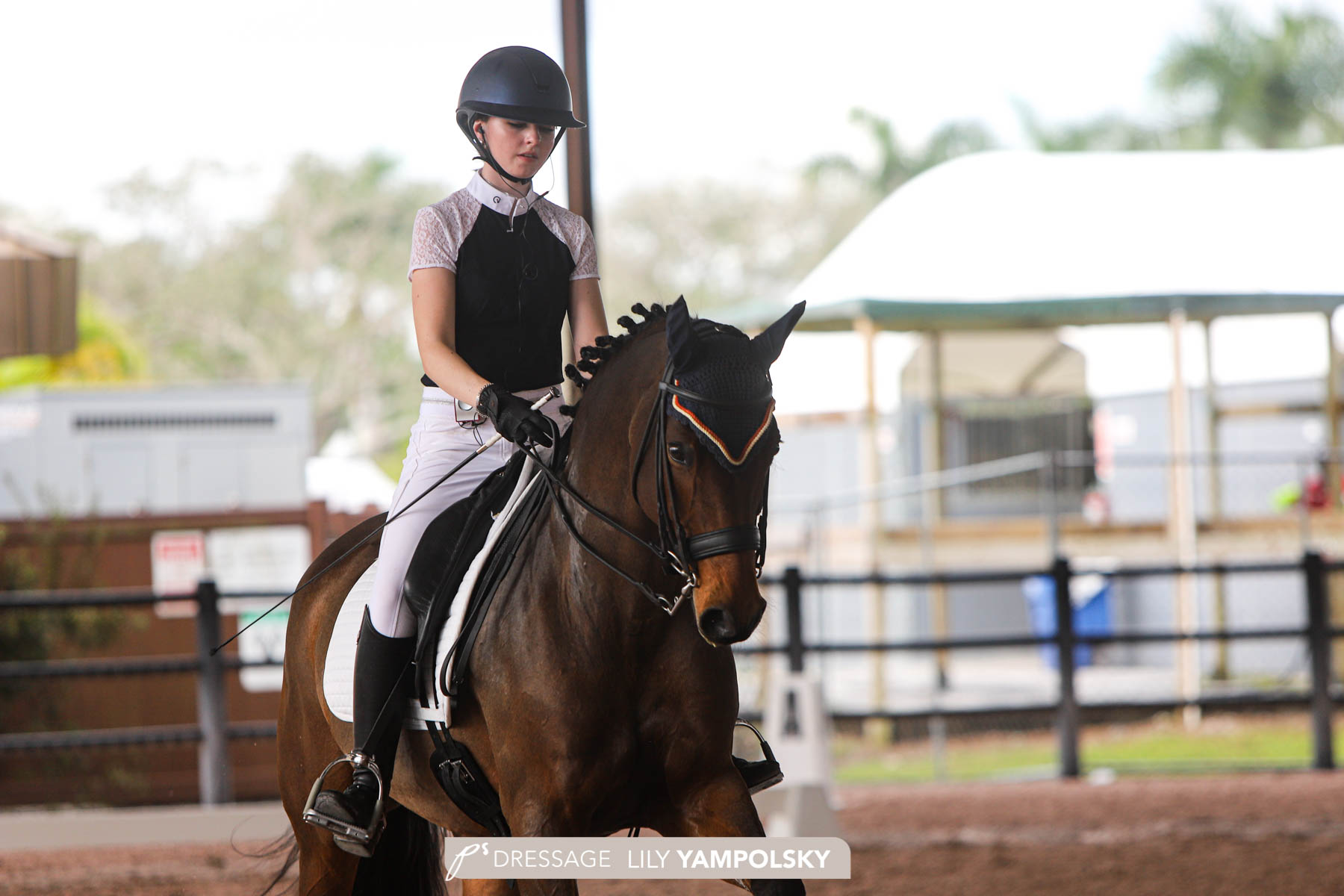
The Robert Dover Horsemastership Clinic resumes tomorrow at 9 a.m. where riders will continue to work with their assigned instructor for the week in preparation for their test Sunday in the International Arena.




